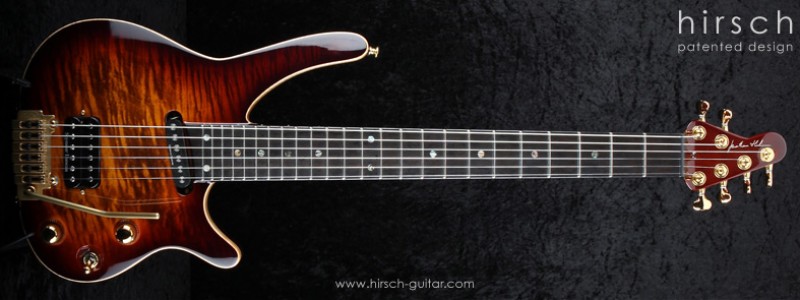I actually designed my guitar quite a long time ago, back in the early 1990’s, but it wasn’t until the summer of 2006 that I decided to ‘do something about it’. How the design came about is a story in itself, which I’ll save for another post.
After eleven years working in interactive media, it was time for a change – or at least, to start laying the groundwork for a change. I love interactive media, but what is, to the outside world, a fast-developing industry, can sometimes seem so slow from the inside. I still see mistakes we made in the 1990s being made today, which can be just a tad frustrating. I’m not intending to give up my interactive media work completely (unless the guitar business really takes off…), but it’s definitely time to do other things, so the plan is to divide my time between interactive media and the guitar business.
Of course, it helps that despite many ups and downs along the way, the interactive media industry has been good to me. The last few years especially have put me in a position where, financially and time-wise, I’m able to start getting Hirsch Guitar off the ground. Just as well, because as it turns out, launching a new guitar business is not cheap…
The first step was to protect the design. I’m in two minds about how essential this is – I know of one guitar builder who just got on with building his guitars and ‘getting them out there’, to the point where he is now so well associated with his design that it would be foolish for anyone to copy it (and no-one has done so to date). Equally Fender and Gibson presumably either don’t have or aren’t enforcing patents on their body shapes – although Fender has been very protective of its Stratocaster headstock (but presumably not the body, judging by the number of copies out there) and PRS did have that run-in with Gibson over its single-cut model, which they eventually won. I suppose that goes to show that having a patent is one thing; enforcing it is quite another.
I’m tempted to feel that building a brand is far more important than having a legally-protected design, on the hypothesis that most people, given the choice, would much rather have an original whatever than a copy. Nonetheless, I decided that protecting the design was important, not least because you can’t go back and do it retrospectively if you change your mind later. And it’s the first (well, maybe second) thing investors will ask about, should it ever come to that.
So I spent quite a bit of time researching patents and design rights, both to find out about the process (via the UK Patent Office and its US equivalent, and my local Business Link) and to see what guitar-related patents already existed (thank god for Free Patents Online!). Then I got myself a patent attorney and on his advice, we applied for a Registered Community Design.
I had originally thought that a UK registered design would be the way to go, mainly for reasons of cost (worldwide protection is incredibly expensive). However, the Registered Community Design provides protection throughout the whole of the European Community and, although slightly more expensive initially, is cheaper in the long run as it removes the need to individually register the design in every country within the Community.
We filed the Registered Community Design application in July 2006 and six months later we received news that it had been accepted. On the back of that, we filed design patent applications in the USA and China (the former because it is the biggest market, and a major manufacturing base, for electric guitars, and the latter because of its potential to be a huge market in future and because it will probably be where I’ll get my guitars manufactured should we ever go into mass-production).
Inevitably, the Chinese and USA patenting process is taking much longer than originally envisaged. It’s March 2008 now and I’m still waiting…
One of the frustrating things about the protection process is that, until you have your patent or registered design, you cannot release your idea into the public domain. Once a design is in the public domain, that’s it – no patent for you, sonny.
This presented two problems for me. Firstly, despite my enthusiasm for the design, how would I truly know whether it was good enough, and more importantly, sufficiently viable as a business, to be worth spending the money on protecting? And secondly, until I had the design protected, I couldn’t get on with launching the business, or even doing the market research necessary to answer those questions.
Nonetheless, I took the plunge and spent the money – not a huge amount in the scheme of things, but a lot to risk on an unproven idea. Patent attorneys don’t come cheap… We’ve got the Registered Community Design at least, and hopefully the others will follow soon. Maybe they will turn out to be worthless. Or maybe the will make my fortune. Who knows? In the meantime, we wait…
